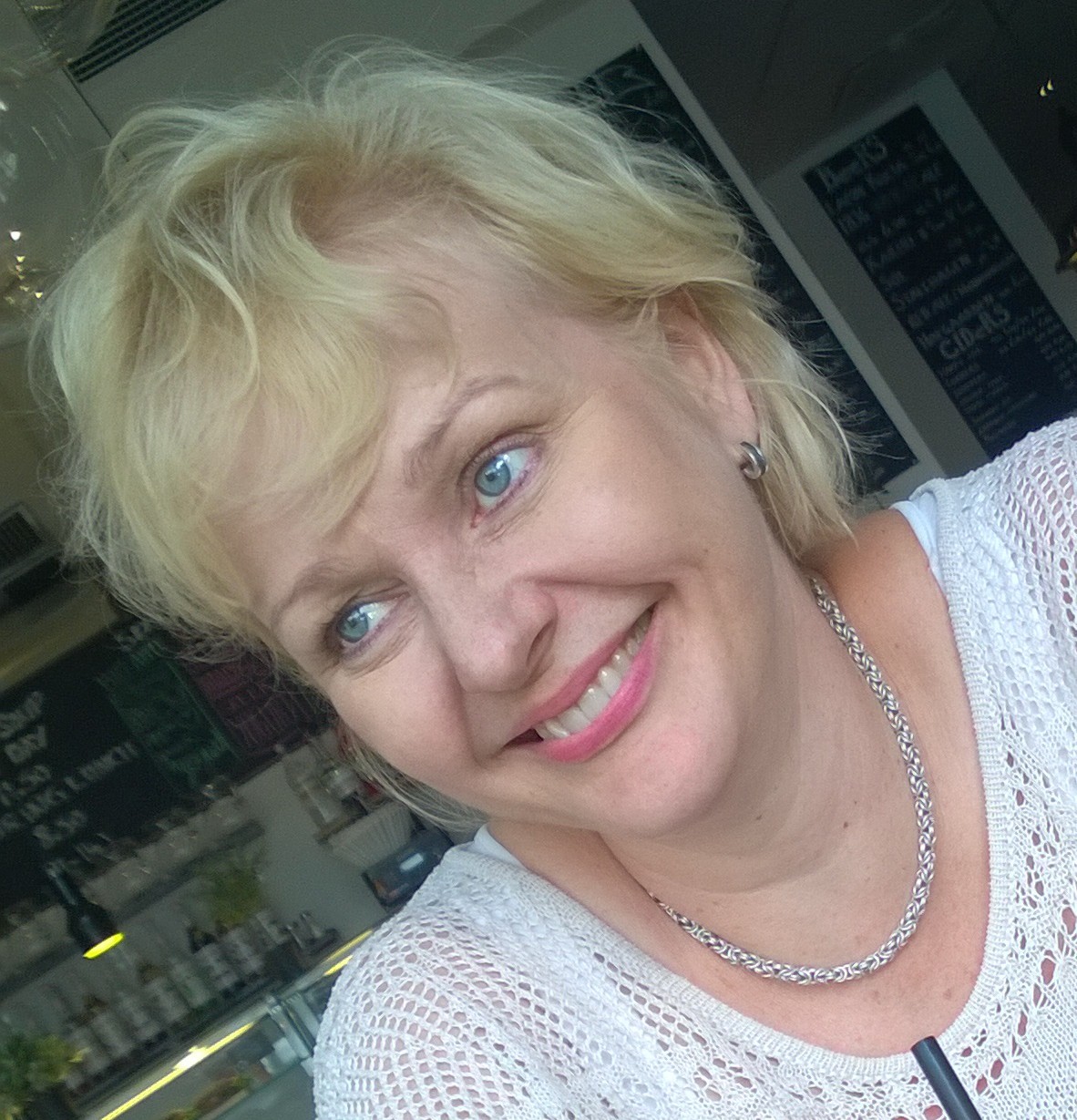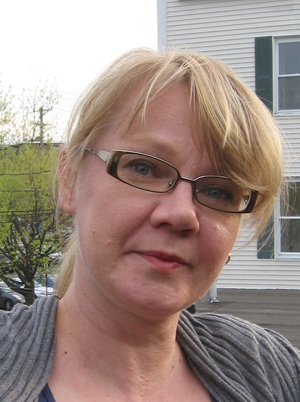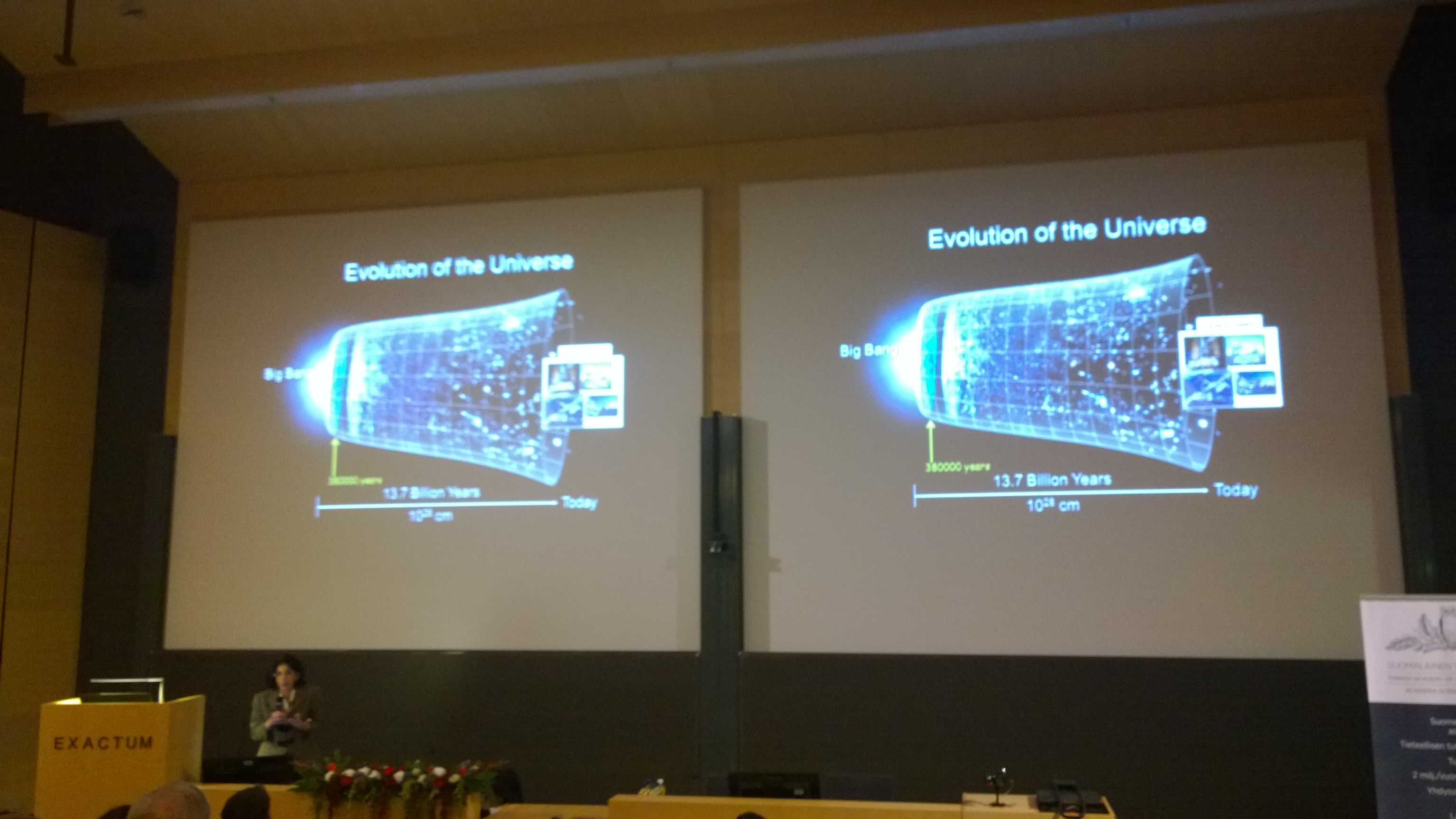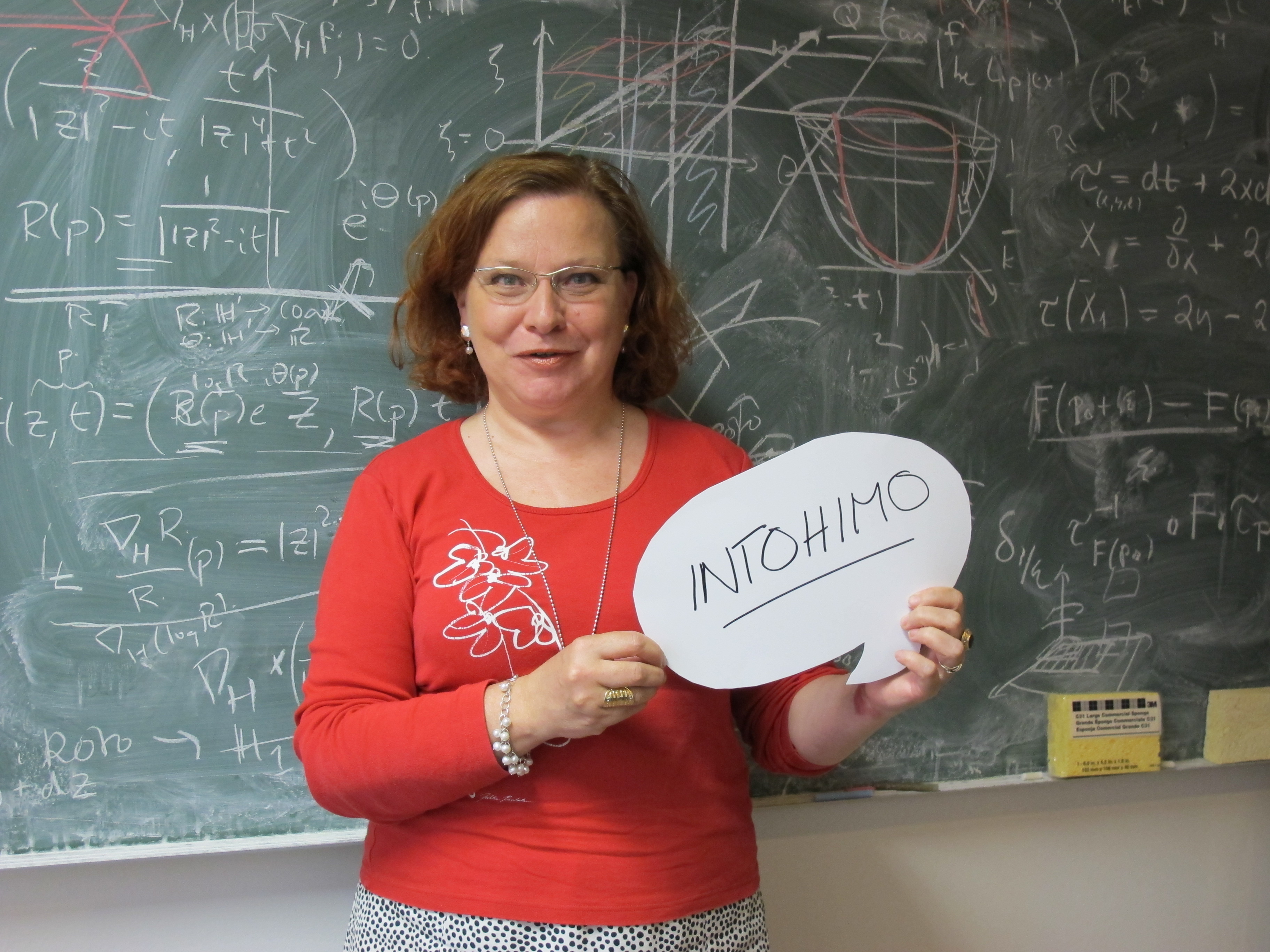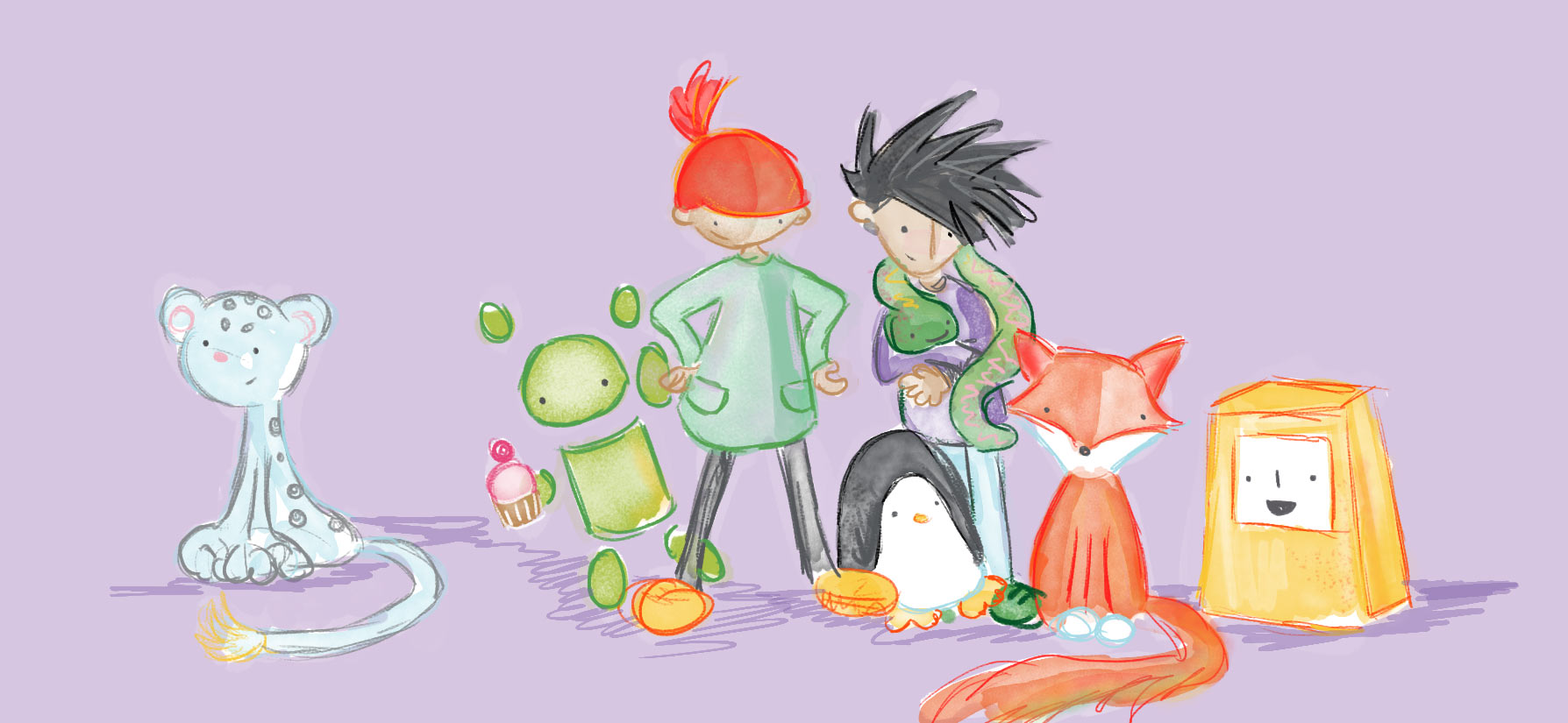I got to know Eija through our community and I learned about her passion to fight abuse, bullying and harassment when she volunteered and actively participated in organising a well-being event at the university. I am very grateful that she accepted to share her story with me and with our followers: welcome Eija!
Could you introduce yourself?
Eija Tuominen, Docent of Instrumentation of Particle Physics, Dr.Sc.(Tech); scientist and physicist. Depending who is asking: semiconductor, particle or nuclear physicist. In addition, single-parent continuously struggling with work-life-balance.
In simple words, what is your research about?
I do experimental research on radiation detectors, or instruments for large particle and nuclear physics experiments. My specialty is semiconductor detectors but I also work with gas-filled detectors as well as with the development of quality assurance methods. I am also a member of CERN CMS experiment to study particle physics.
What is your typical day like?
On a typical day, I am a “Firefighter” in a “Department Store of Science”: I am in charge of Helsinki Detector Laboratory that is a national infrastructure to support research projects working with the instrumentation of particle and nuclear physics. We have a lot to do with limited resources. And in experimental physics the things typically do not go as smoothly as planned.
On successful days I also have the joy to be a typical researcher. This means that I do research, education and societal interaction: designing measurement systems, taking and analyzing measurement data, writing or reviewing scientific articles or presentations, supervising students, giving lectures, and attending visitors. I also participate in conferences, seminars, meetings and experimental tests about my scientific subject both in Finland and abroad.
My typical days continue well beyond the working hours: As voluntary work I lecture courses of semiconductor physics and radiation detectors. In addition, as a hobby I study subject courses of university pedagogy.
What of Physics attracted you so much?
Mathematics and physics were a very natural choice for me. I liked them and they were easy for me. I also had good and enthusiastic [female] teachers. Actually, it never even occurred to me that I should choose to study something else just because I was a girl. Thus, all through the high school I knew that I will go to the University of Technology. However, I ended up studying at the Department of Technical Physics just because it was the most difficult place to get into, and the challenge intrigued me. I have never regretted.
What is the professional achievement you are most proud of?
I am very proud of still being a physicist: Combining single-parenthood and international scientific career has been a challenge, especially when my daughter was very small. But I have got wonderful support both from my friends and family and from my colleagues and the scientific community. Despite the challenge, I have managed to perform so well in my work that my fixed-term researcher positions have been continuously renewed during the last 12 years.
What do you love to do in your free time?
I love my family and my friends and my cat. Most of all I love my daughter. I spend much time with them. Whatever the weather, I enjoy bicycling to work and back. I relax with yoga, Pilates, knitting and science fiction movies. My voluntary work among single-parents makes me happy. I also have positions of trust in single parent organizations. And, I strive to become a better university teacher.
You helped realizing last spring well-being event in Kumpula and I know you are very active in fighting violence against women. Can you tell more?
We women have enough challenges in science and society even without the humiliating and paralyzing phenomenon of sexual abuse and violence. There should definitely be zero tolerance for any kinds of harassment. Some 15 years ago as a young boss I ended up witnessing a case of sexual harassment in my vicinity at the University. Nowadays in my voluntary work with single-parent families, domestic violence is an issue that comes along all too often. I am sad that there is still need to discuss these themes, also in our University. But definitely the times are changing: 15 years ago, I was sure to lose my job for taking a stand – but now our faculty was swift to organize a well-announced well-being event.
Your piece of advice for postgrad students and junior researchers…
Being a scientist is a fascinating career. Choose it – but do not expect it to be easy: Especially after the post-doc period it will not be enough that you talented, proficient and hard-working. Only the most ambitious, the luckiest and those who are ready to make sacrifices will get to stay in Academia. Most of you will need to tolerate insecurity while keeping on applying for another fixed-term contract one after another. When you are young and independent and ready to go abroad you are fine. But when you have a spouse with another career and children with schools and networks of their own, the life becomes different.
Do you have a message for girls and women studying or working in Physics?
Together we are strong! I truly believe that the active network of Women Scientist will benefit us all. Together we have a powerful voice to bring forward and find solutions to the special obstacles that we still face in science. Although direct inequality is nowadays rare, there is still a lot of hidden structures and prejudices that affect the fair development of our careers.


